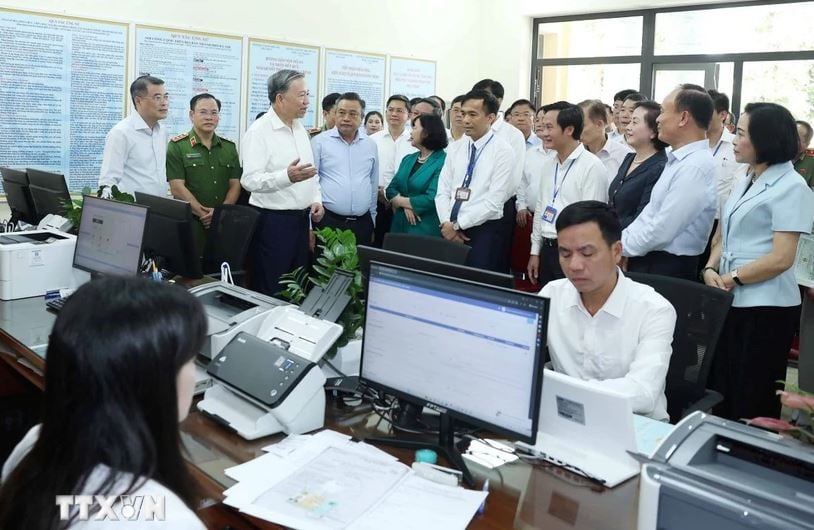 |
| General Secretary To Lam visits and inspects activities at Phuc Thinh Commune Administrative Center. (Photo: Thong Nhat/VNA) |
In the atmosphere of the whole country solemnly holding the "Ceremony to announce resolutions and decisions of the Central and local governments on merging provincial and communal administrative units, establishing party organizations, appointing Party committees, People's Councils, People's Committees, and Fatherland Fronts of provinces, cities, communes, wards, and special zones," VNA reporters in Geneva on July 1 had an interview with representatives of the Switzerland-Vietnam Economic Forum (SVEF) about this historic moment.
Ms. Rachel Isenschmid - Secretary of SVEF, said that adjusting administrative boundaries and rearranging the local system is a decisive and necessary step in the context of Vietnam moving towards a more sustainable, effective and competitive development model.
This is not simply a matter of merging and separating localities, but a strategy to restructure development space to form strong dynamic regions with better international integration capabilities and attract high-quality capital flows.
“The ‘reorganization of the country’ could create administrative-economic units of sufficient size, helping to increase regional competitiveness and reduce resource dispersion,” Ms. Isenschmid emphasized.
According to the SVEF Secretary, this effort is especially important in the process of attracting international investment, because investors are often interested in long-term vision, stability in governance, as well as regional coordination capacity.
As localities gain larger, more connected markets and clearer development strategies, they will have the opportunity to build more effective public-private partnership models that are in line with international standards.
“SVEF believes that this strategy, if implemented effectively, will enable localities to form multi-sector development ecosystems where finance, technology, tourism, education and innovation can resonate with each other,” said Ms. Isenschmid. “We also see the potential for establishing cross-border cooperation zones between Vietnamese provinces and Swiss and international partners, especially in the areas of green finance, high-tech manufacturing, vocational training, and innovative startups.”
Over the past time, SVEF has organized many events, with the participation of high-level delegations from Vietnam, as well as promoted many cooperation programs to concretize the comprehensive partnership between Switzerland and Vietnam.
SVEF will soon organize an event in Da Nang in November. Sharing about this project, especially after Da Nang merged with Quang Nam province, Ms. Isenschmid said: “Da Nang merging with Quang Nam is a strategic turning point, not only in terms of administration but also in terms of regional economic development. In the context of Vietnam's efforts to promote regional financial centers, this merger can create a new development space of sufficient scale, possessing factors of location, infrastructure, people and development vision. In terms of geographical location, Da Nang and Quang Nam are located in the center of the East-West economic corridor, conveniently connected to potential markets in the ASEAN and Asia-Pacific regions. This is a prerequisite for forming an internationally connected financial services center.”
According to the SVEF Secretary, the region has a well-developed infrastructure system such as deep-water seaports, international airports, high-tech zones, and large industrial zones - which are important foundations for the development of the financial-investment and financial technology (fintech) ecosystem. Notably, Da Nang has long been considered one of the leading localities in administrative reform and transparency of investment processes.
Stability and consistency in policy is a big plus for financial investors, especially in the current period of restructuring the global value chain.
Ms. Isenschmid assessed: “If Da Nang can continue to promote the development of a legal framework to support innovation, pilot sandboxes for digital financial models, combined with a strategy to attract international financial institutions, the potential to develop into a regional financial center is achievable in the medium term. In addition, human factors and international cooperation also play an important role. The growing presence of universities, research institutes and development organizations in Da Nang will be the foundation to help form a high-quality human resource team serving the fields of finance, banking and insurance, as well as promote cooperation between the state, businesses and the academic field.”
"With all the above factors, I hope to be able to position Da Nang-Quang Nam as a new financial center. This will not only be an aspiration but is gradually becoming a realistic goal," the SVEF Secretary expressed./.
Source: https://huengaynay.vn/kinh-te/dien-dan-svef-dat-ky-vong-vao-cong-cuoc-sap-xep-lai-giang-son-155250.html



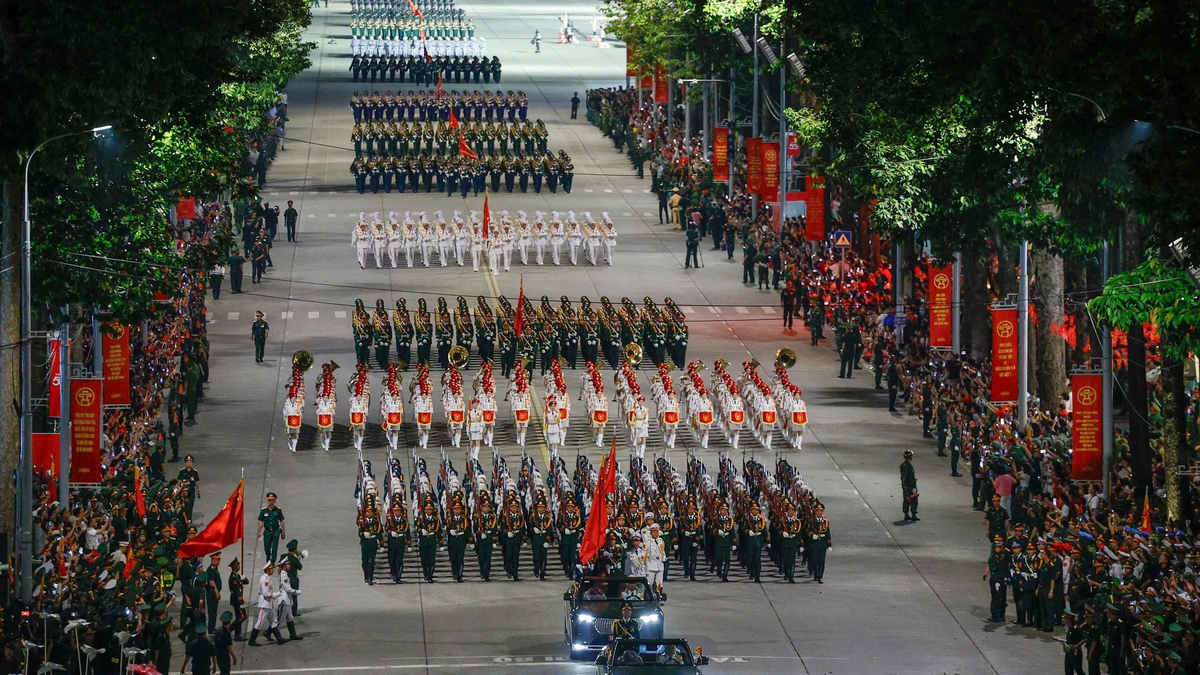

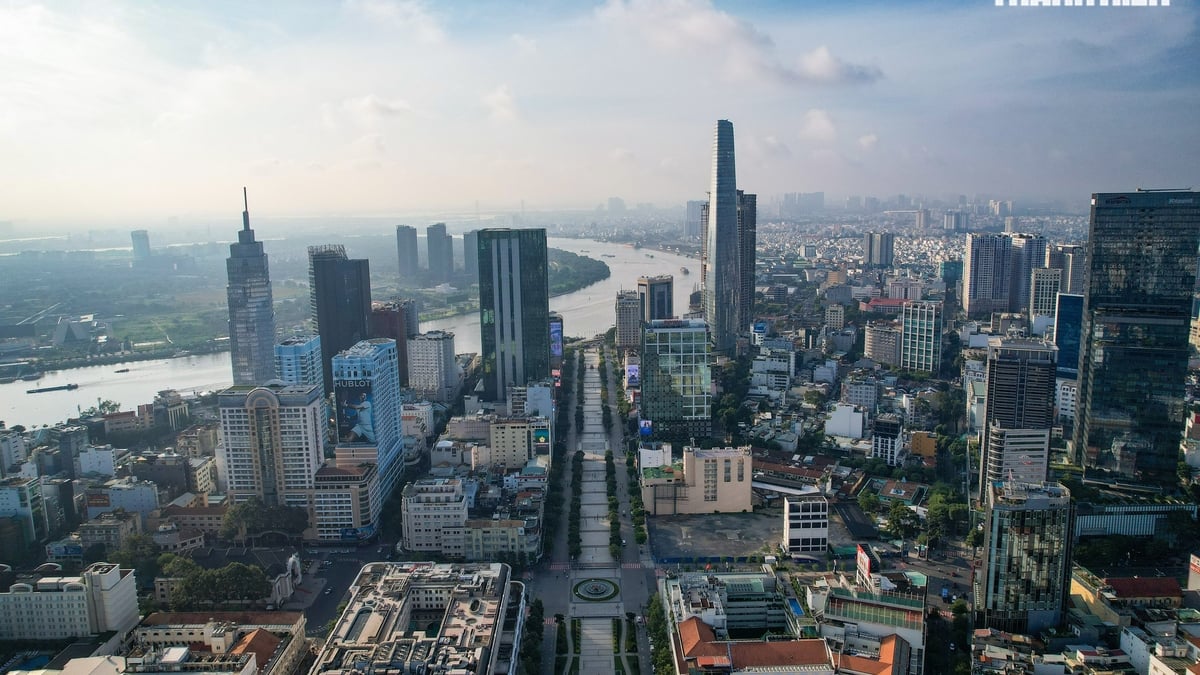


![[Photo] General Secretary To Lam attends the 80th anniversary of Vietnam's diplomacy](https://vphoto.vietnam.vn/thumb/1200x675/vietnam/resource/IMAGE/2025/8/25/3dc715efdbf74937b6fe8072bac5cb30)
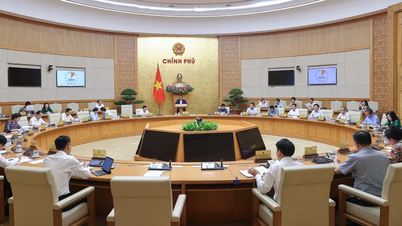

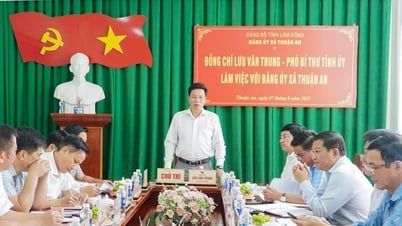

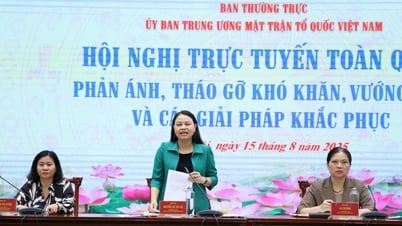


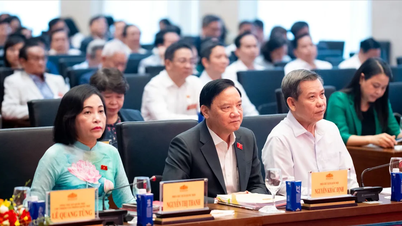
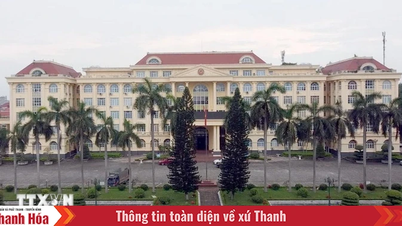



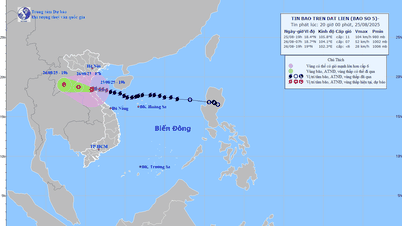



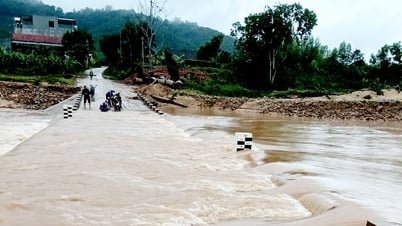

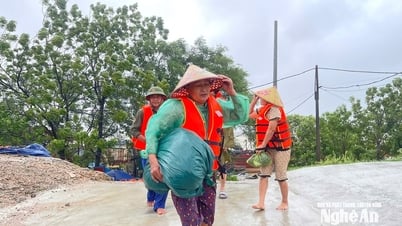




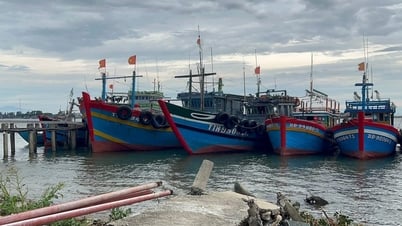
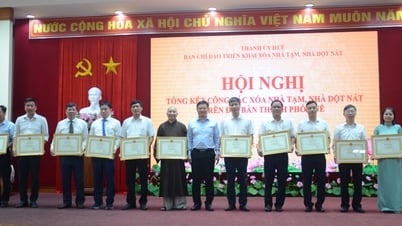
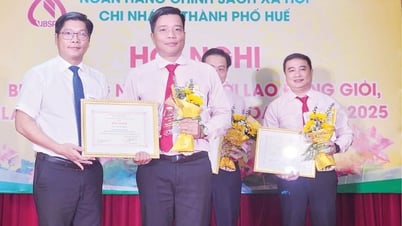
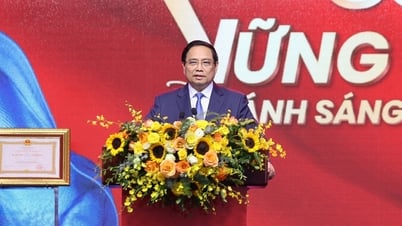
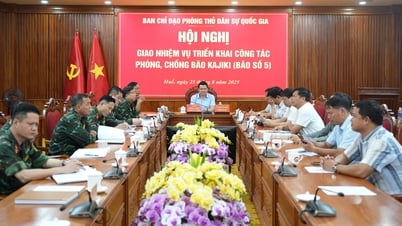
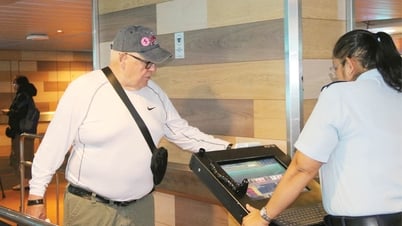


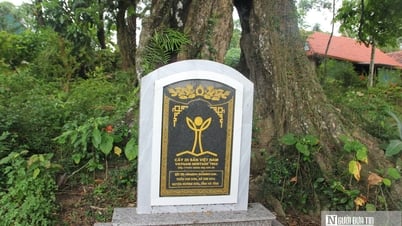



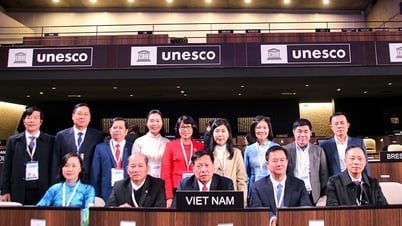

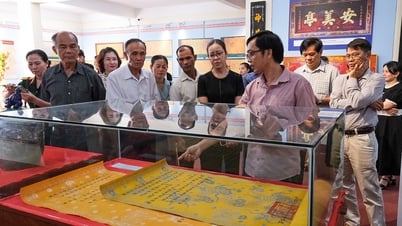













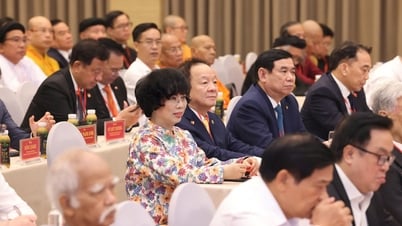

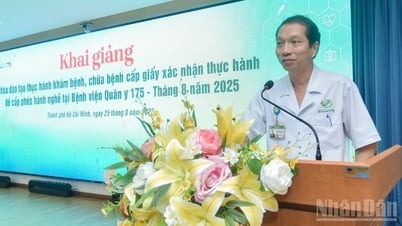




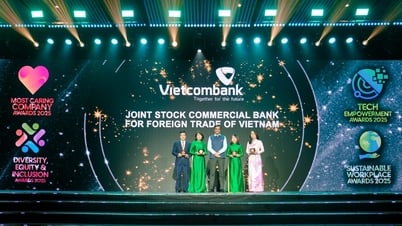







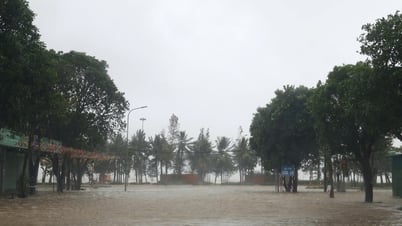



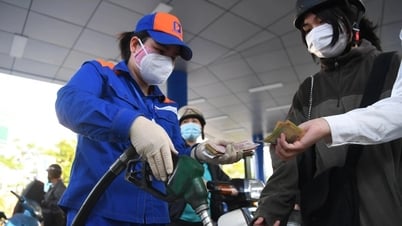



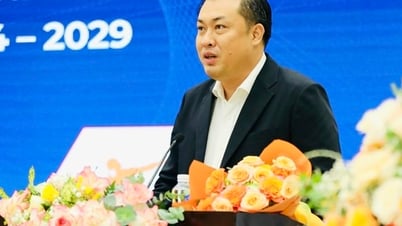

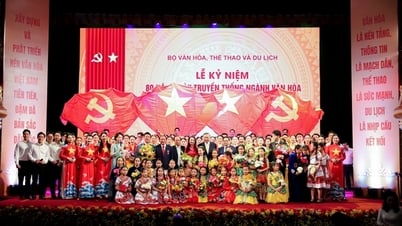


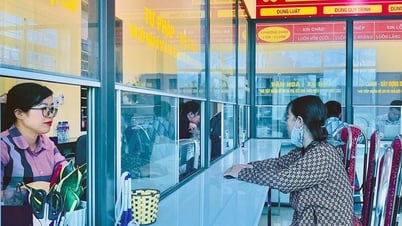

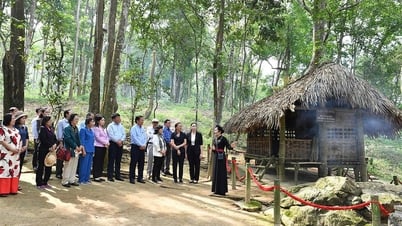

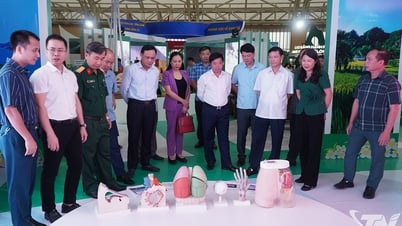

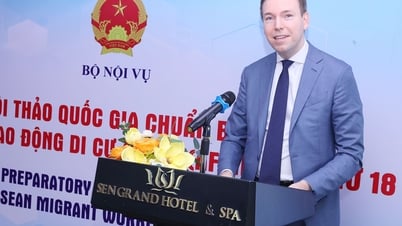






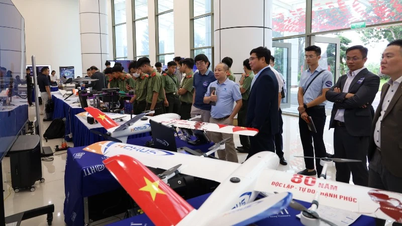








Comment (0)